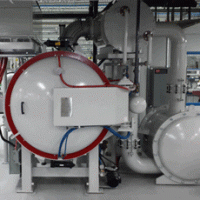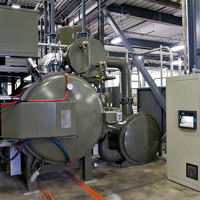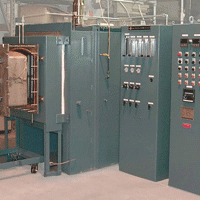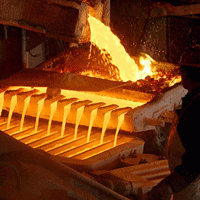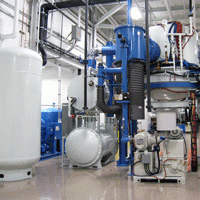Applications involving vacuum heat-treating are typically performed for one of the following reasons:
- Processes that can be done in no other way than in vacuum;
- Processes that can be done better in vacuum from a metallurgical standpoint;
- Processes that can be done better in vacuum from an economic viewpoint;
- Processes that can be done better in vacuum from a surface finish perspective.
All of the common (and several uncommon) heat treatment processes can be run in vacuum, from annealing and brazing to sintering and tempering. Many companies that currently outsource vacuum heat-treating ask themselves if they would be better served by setting up this capability in-house. Others who already have an in-house heat treat department wonder if switching to vacuum processing will offer them a competitive edge. This article will help address these questions.
Vacuum furnaces are typically characterized by their method of loading, horizontal or vertical, as well as if there is internal load movement, being classified as either batch or continuous (i.e. multi-chamber) types (Fig. 1 – 2). The various furnaces sizes, production capabilities, and feature configurations are almost endless and detailed extensively elsewhere [1], [2]. Since most vacuum furnaces have a life expectancy of 40 – 50 years, decisions as to what to purchase, and from whom, become very important.

